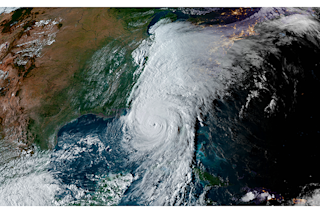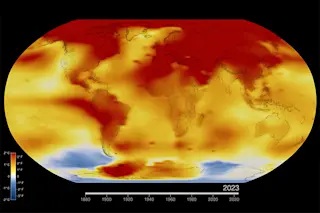The airplane that did it all. (Credit: Norwegian) Passengers aboard jetliners making transatlantic flights are getting from point A to B much far faster. On Thursday, a Norwegian 787 Dreamliner reached a speed of 779 mph after getting some help from a vigorous, 224 mph tailwind. The flight, DY7014, set a new subsonic transatlantic record, flying from JFK Airport in New York to London’s Gatwick airport in 5 hours, 13 minutes. That’s roughly 30 minutes faster than average, and three minutes faster than the record set in 2015. “The passengers and crew were very pleasantly surprised that we were already landing in London. It was a very smooth flight with almost no turbulence and as a result of the jet stream we arrived 25 minutes early,” said Pascal Niewold a captain aboard the Norwegian flight. If it weren't for turbulence forecast at lower altitudes, the flight would have arrived even ...
Norwegian Flight Rides a Blustery Jet Stream to New Record
A Norwegian 787 Dreamliner set a new transatlantic flight speed record, reaching 779 mph aided by a strong tailwind.
More on Discover
Stay Curious
SubscribeTo The Magazine
Save up to 40% off the cover price when you subscribe to Discover magazine.
Subscribe













